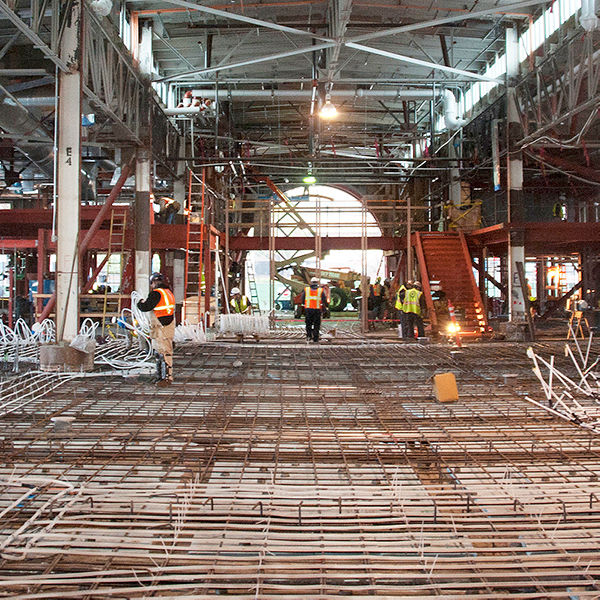The Real Estate Research Lab
- Alice Devine
- Oct 8, 2019
- 2 min read
Updated: Sep 21, 2021
Using data to design and build comfortable, efficient office environments

Berry smoothie, yum. Comfortable temperature? Yes, please. Outdoor patio...meet you there! In the tussle to hire the most talented employees, tenants use office space to lure (and keep) workers. It's a battle for intellectual capital, best aided by functional offices. In a domino effect of sorts, the competition places pressure on employers and then their landlords to provide such environments. Despite intuition that green offices offer real benefit, the real estate industry has struggled to quantify sustainability in terms of rent and subsequent property value. The WELL Living Lab wants to clarify all that fuzzy math.
A collaboration between The Mayo Clinic and Delos, the 5,500 square foot WELL Living laboratory is located in Rochester, Minnesota. With a variety of configurations – open floorplans, private offices and a mixture of both – scientists poke, prod and produce data on a variety of indoor environments. Using sensors and wearable biometrics, for example, office users show the effects of lighting or increased oxygen or quiet spaces. In one study, the WELL Living Lab found that temperature affected employees’ ability to complete work in open environments more than noise or lighting. With such data, the research teams compile results into actionable items for healthier indoor environments.
If the Delos name sounds familiar, it’s the company known for the WELL Building Standard, a certification for indoor environments — and for high-profile advisory board members Leonardo DiCaprio and Deepak Chopra. While property owners often seek LEED certification for a building’s systems and (mostly) outer skin, WELL certification focuses on an individual’s experience inside the space. Call it the envelope within the building envelope.
WELL standards sort office components into ten buckets: air, water, light, nourishment, sound, movement, comfort, material, mind and community. As Phil Williams of Delos says, “The environment that we put in for people has a direct effect on their performance.” Articulating just how these WELL elements affect tenants, though, often falls to building management and leasing staffs.
Industry reports, such as stok's (yes, all lower case), also attempt to quantify wellness and sustainability features. For example, an improved HVAC system that recycles gray water in chiller units (which typically have a tremendous amount of water evaporation as the liquid descends the rooftop unit) can lead to a demonstratively lower water bill in fairly short order. Further, stok reports that the lion's share of wellness benefit comes from reduced absenteeism, which makes employees up to 3% more productive in high-performance buildings.
Tenants can desire these features so greatly that they often bear the cost and administration of WELL certification themselves (or wrap it into tenant improvement packages). According to stok, employee salaries and benefits dwarf real estate expenses. It’s the competition for talented employees that, in large part, drives space decisions.
Well, well, WELL....sounds like all that laboratory poking and prodding helps us realize that the details, like air vents and bike racks and healthy snacks, matter more than we knew.
Alice Devine is the Bruss/Robinson award-winning author of Suite Deal, the Smart Landlord's Guide to Leasing Real Estate.



Comments